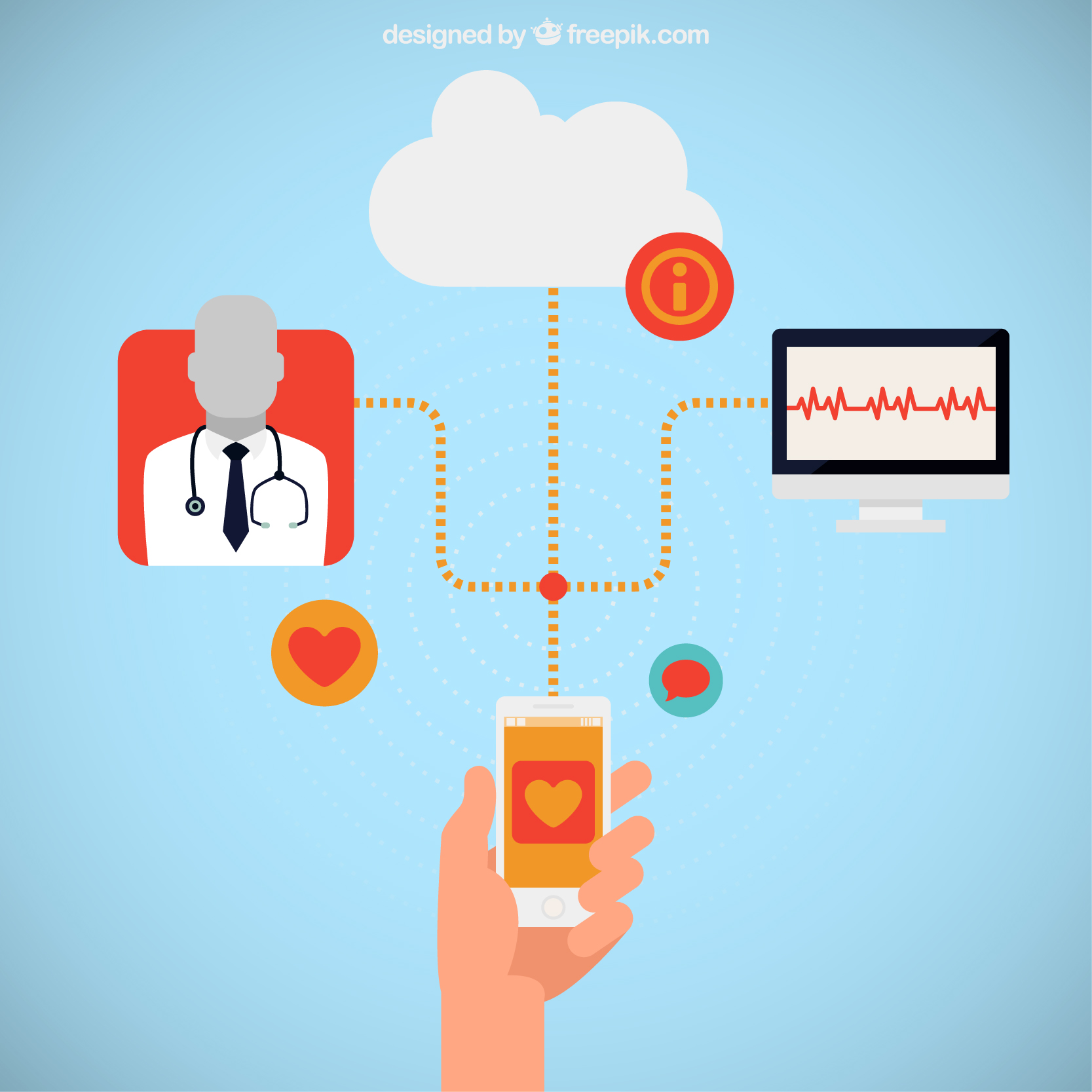How to Build a Mental Health App that Engages and Supports Users

Strong 8k brings an ultra-HD IPTV experience to your living room and your pocket.
Mental health has taken center stage as an essential part of overall health, with millions now seeking effective tools to manage their well-being. Among these tools, mobile mental health apps stand out for their accessibility and ease of use, offering support to users right at their fingertips. However, building a mental health app isn’t just about delivering standard healthcare features; it’s about crafting an experience that resonates, engages, and truly supports users through their mental health journey.
If you’re in healthcare app development and are considering building a mental health app, here’s a guide to creating one that not only reaches but engages and effectively supports your audience.
Why Healthcare App Development Needs to Prioritize Mental Health
The demand for mental health support is greater than ever. Mental health apps can bridge the gap for those who may not have easy access to therapy or other forms of support. From cognitive behavioral tools to mood tracking, mental health apps offer a range of services. However, a successful mental health app isn’t just functional; it’s thoughtfully designed to engage users in a meaningful way.
Step 1: Understand Your Audience's Needs
Before diving into development, it’s essential to understand the specific needs of your target audience. Who are your users, and what challenges are they facing? Are they young adults struggling with anxiety? Adults managing work-related stress? Teens navigating social pressures? Each group may require a different approach.
User Research: Conduct surveys, interviews, or focus groups to gain insights.
Identify Pain Points: Pinpoint the most common struggles and gaps in existing mental health support.
Tailor Features: Customize the app’s features to directly address the issues identified.
Understanding these specifics will help create an app that feels more personal and supportive, making it an integral part of users’ mental health routine.
Step 2: Include Essential, Evidence-Based Features
In healthcare app development, especially for mental health, it's vital to incorporate features grounded in established practices. Each feature should serve a purpose and promote a positive user experience. Here are some essential, evidence-based features:
Mood Tracking: Enable users to track their emotions daily. This feature helps them observe patterns and identify triggers.
Goal Setting: Setting achievable goals encourages users to work toward positive behavioral changes over time.
Mindfulness and Meditation Exercises: Guided meditation sessions, breathing exercises, and other mindfulness tools are highly effective for stress reduction and anxiety management.
Journaling: A simple yet powerful tool, journaling can help users work through emotions and gain clarity.
CBT Techniques: Cognitive Behavioral Therapy techniques can be helpful, providing structured exercises for users to manage negative thoughts.
Community Support: Offering forums or peer support spaces within the app can reduce isolation and provide users with a sense of community.
Step 3: Prioritize a User-Friendly, Empathetic Design
The design of a mental health app can significantly influence its impact. Users need a space where they feel safe, understood, and in control.
Calm, Soothing Interface: Opt for a minimalistic design with a soft color palette. Bright colors or cluttered interfaces can be overwhelming.
Simple Navigation: Users should be able to access features easily, with intuitive navigation that eliminates any frustration.
Personalization Options: Allow users to customize their experience by adjusting features, colors, and notifications according to their preferences.
Empathy in UX: Use empathetic language, avoiding terms that may feel clinical or stigmatizing. For example, replace "Symptoms" with "Feelings" or "Emotions."
This focus on design will create an environment where users feel encouraged to engage with the app regularly.
Step 4: Make Data Privacy a Priority
In healthcare app development, data privacy and security are paramount—especially for mental health apps, where users may share highly sensitive information.
Comply with HIPAA and GDPR: Ensure the app is compliant with regulations that protect personal health information.
Data Encryption: Encrypt all user data both in transit and at rest to prevent unauthorized access.
Anonymity Options: Allow users to engage with certain features anonymously, especially if you offer forums or community features.
Clear Privacy Policies: Clearly explain how data will be used, stored, and protected, as well as any third-party access or data-sharing policies.
Building trust is crucial for user engagement in mental health apps, and prioritizing privacy will reassure users that their data is safe.
Step 5: Incorporate Gamification to Increase Engagement
A key challenge in healthcare app development for mental health is sustaining long-term user engagement. Gamification, when done thoughtfully, can encourage regular app usage.
Rewards and Progress Tracking: Show users their progress as they complete mindfulness exercises, journal entries, or other activities. Badges, streaks, or levels can motivate continued engagement.
Daily Challenges: Simple daily prompts or challenges can provide small, consistent goals that keep users active.
Feedback and Encouragement: Provide positive feedback and gentle encouragement to help users build healthy habits.
However, avoid overly competitive elements, as they may create unnecessary stress. Instead, focus on rewards that celebrate personal growth and small achievements.
Step 6: Provide Options for Professional Support
While a mental health app can offer valuable tools, some users may need additional professional support. Include features that connect users with licensed therapists or other mental health professionals.
Telehealth Integration: Offer in-app access to teletherapy sessions or consultations with licensed professionals.
Crisis Resources: Include resources for immediate help in case of a crisis, such as hotlines or links to emergency services.
Therapist Directory: Help users find local or virtual therapists if they need more personalized, in-depth care.
By providing these options, you’ll offer a well-rounded experience that supports users at all levels of mental health need.
Step 7: Collect Feedback and Improve
Mental health needs and app trends evolve over time, so regular updates and user feedback are essential.
User Feedback Channels: Include options for users to provide feedback on features, functionality, and overall user experience.
Data-Driven Updates: Use analytics to identify which features are most popular and where users may be dropping off.
Regular Updates: Continuously refine and add features based on user feedback and new mental health research.
In healthcare app development, especially for mental health, staying responsive to user needs will keep your app relevant and effective.
The Future of Mental Health Apps in Healthcare App Development
With advancements in AI, wearable integration, and data analysis, the future of mental health apps is bright. AI-driven tools like chatbots and predictive analytics are being explored to enhance support for users. Integration with wearable devices may allow users to monitor physical indicators of mental health, such as heart rate or sleep patterns, giving a more comprehensive view of well-being.
Healthcare app development is an ever-evolving field, and mental health apps will only become more sophisticated, offering users accessible, innovative ways to manage their mental healt
Final Thoughts
Building a mental health app that engages and supports users requires a blend of empathy, research, and strategic feature selection. By focusing on user needs, ensuring data privacy, and incorporating engaging design elements, healthcare app developers can create meaningful apps that make a real difference in people’s lives.
As the demand for mental health support grows, apps will continue to be essential tools that bring accessible mental healthcare into the hands of those who need it most. Whether you're a developer or a healthcare provider, creating a supportive mental health app is not just an opportunity; it’s a responsibility to contribute positively to the mental wellness landscape.
Note: IndiBlogHub features both user-submitted and editorial content. We do not verify third-party contributions. Read our Disclaimer and Privacy Policyfor details.





